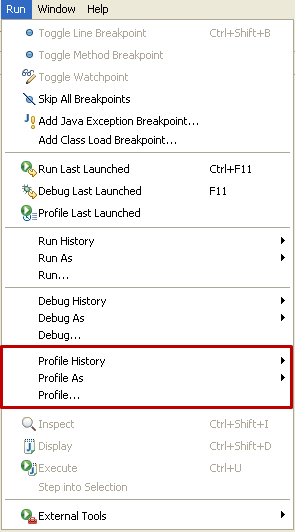

Click Next to move on next screen where we can specify initialization parameters and URL mappings for the servlet: The servlet being created has fully qualified name as and extends HttpServlet class. Create Java Servlet classWe will create a dead simple servlet class which sends the output “Hello friend!” to client.Click File > New > Servlet, the dialog Create Servlet appears. Leave other stuff as default, click Finish. The configuration we have chosen conforms to Servlet specification version 3.0. Configuration: Default Configuration for Apache Tomcat v7.0 In the next screen, click Browse button to select Tomcat installation directory:Ĭlick Finish and Apache Tomcat v7.0 will be added to the dropdown list. The dialog New Server Runtime Environment appears, select Apache Tomcat v7.0:Ĭlick Next. If Apache Tomcat v7.0 is not available in the dropdown list, click New Runtime button.

Click File > New > Dynamic Web Project, the New Dynamic Web Project appears, enter the following information: In Eclipse, make sure the current perspective is Java EE (if not, select Window > Open Perpsective > Java EE, or hold down Ctrl + F8 and select Java EE). Create Java Dynamic Web ProjectServlet is for Java web application, so we need to create a Java EE project first. You can use newer versions of these software programs.ġ.


 0 kommentar(er)
0 kommentar(er)
